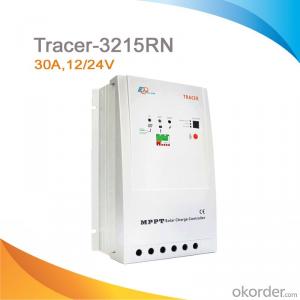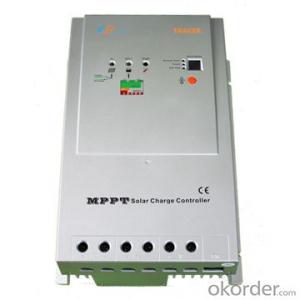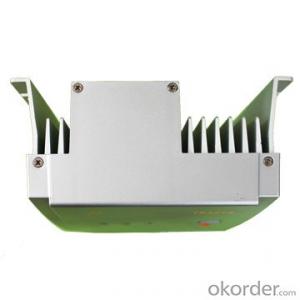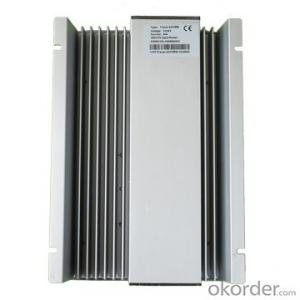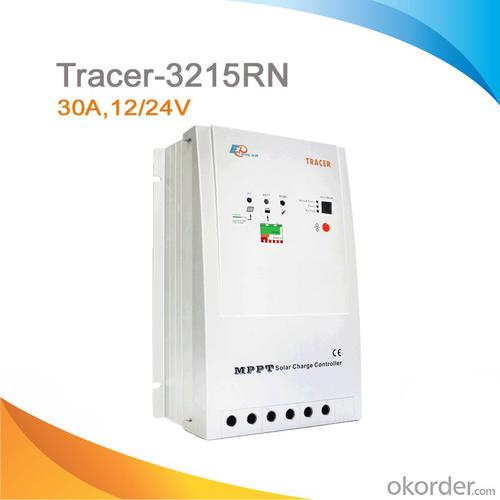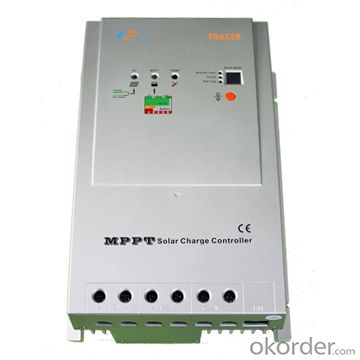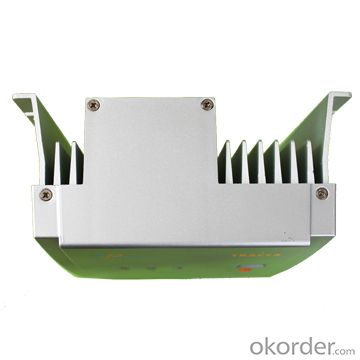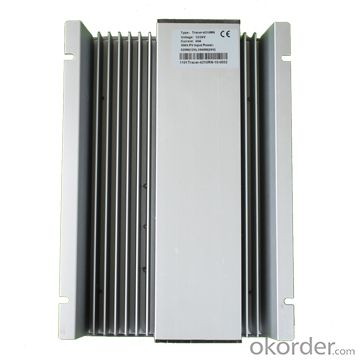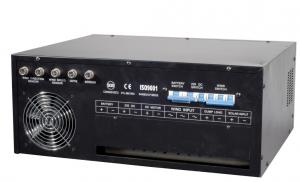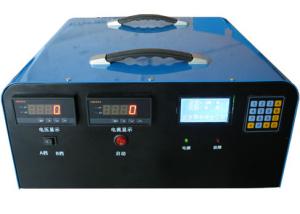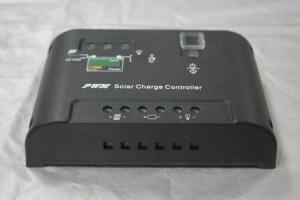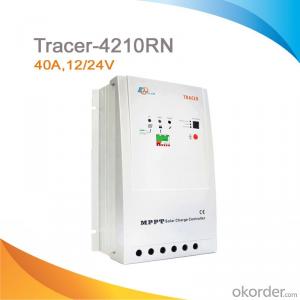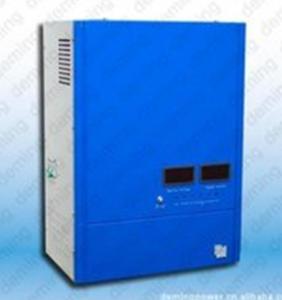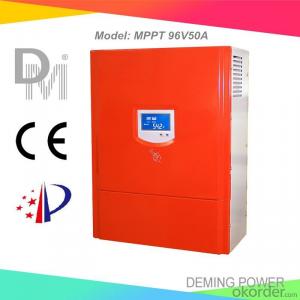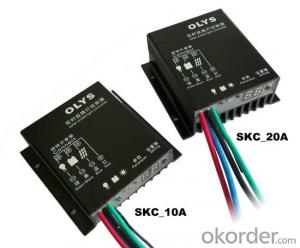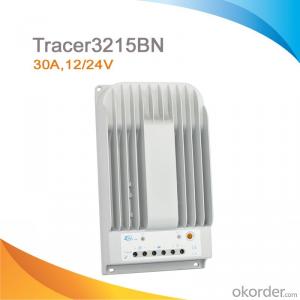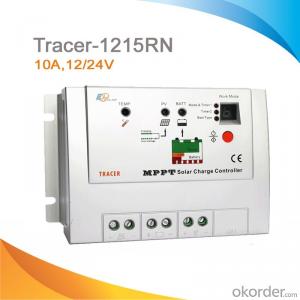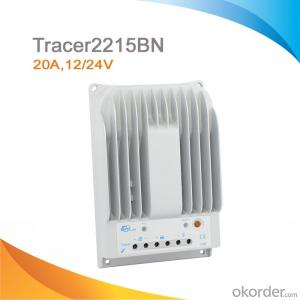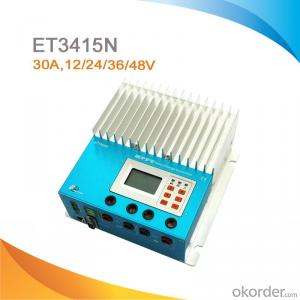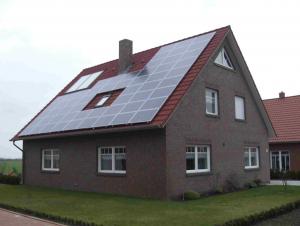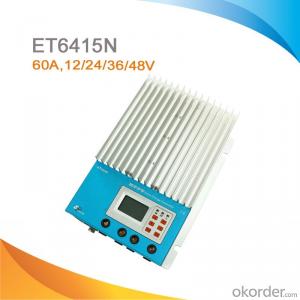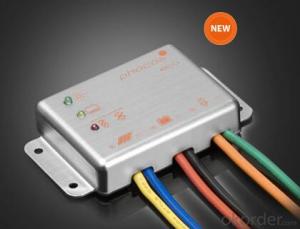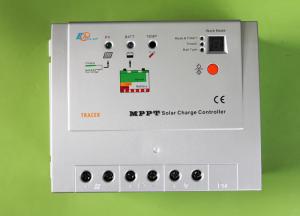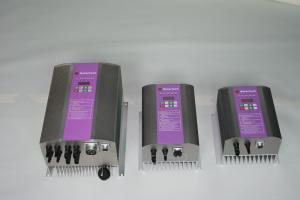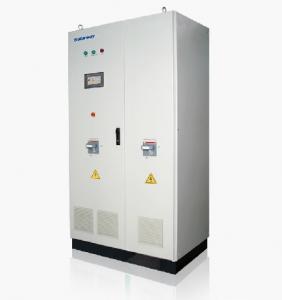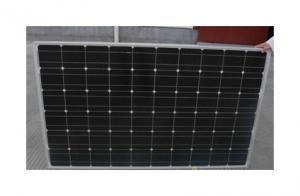Renogy Solar Controllers MPPT Solar Charge Controller for Photovoltaic System 30A, 12/24V Tracer-3215RN
OKorder Service Pledge
OKorder Financial Service
You Might Also Like
Descriptions:
The Charger controller (solar regulator) could store DC generated by solar panels into battery, which could effectively provide living and industrial using electricity in some remote areas and tourism destination areas where have no electric power facilities and electricity network, and have no negative effect on environment.
Specifications
MPPT solar charge controller
Peak Conversion efficiency:97%,
Tracking efficiency:99%
Max. PV input voltage: 100V
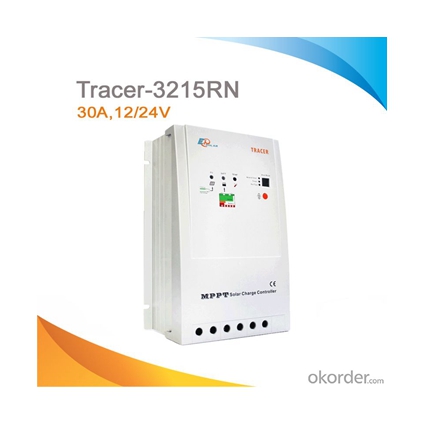
Features:
·MPPT technology
·Peak conversion efficiency of 97%
·High Tracking efficiency of 99%
·Several seconds tracking speed
·4-Stage charge with PWM output
·Nature convection cooling
·Full power output in ambient temperature up to 45 ℃
·Temperature compensation
·Sealed, Gel and Flooded battery option
·Widely used, automatically recognize day/night
·Diversified load control
·RJ45 interface &optional meter
·2 years warranty
·CE certificate
Electronic Protections:
·PV short circuit protection
·PV reverse polarity protection
·PV overvoltage alarm protection
·PV over current protection
·Battery overcharge protection
·Battery over discharge protection
·Battery reverse polarity protection
·Load short circuit protection
·Load overload protection
Specification:
Model | Tracer-3215RN |
Rated system voltage | 12/24V auto work |
Rated battery current | 30A |
Rated load current | 20A |
Max.battery voltage | 32V |
Max.PV open circuit voltage | 150VDC |
Max.PV input power | 12V 390W, 24V 780W |
Self-consumption | <10mA(24V) |
Charge Circuit Voltage Drop | ≤0.26V |
Discharge Circuit Voltage Drop | ≤0.15V |
Communication | TTL232 / 8 pin RJ45 |
Temp.compensation | -5mV/℃/2V |
Working temperature | -35℃~+55℃ |
Storage temperature range | -35℃~+80℃ |
Humidity | 10%-90% NC |
Enclosure | IP30 |
Altitude | ≤3000m |
Dimension | 242mm x 169mm x 91mm |
Mounting holes | 180mm x 160mm |
Mounting hole size | Φ5 |
Terminal | 25mm2 |
Weight | 2kg |
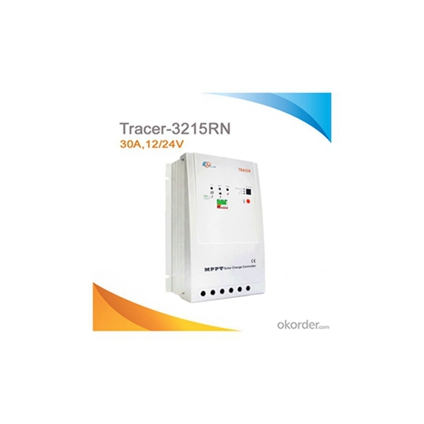
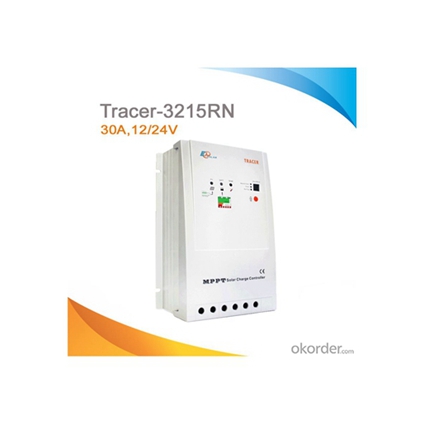
FAQ
1.. What is included in the package?
1*MPPT Solar Charge Controller
1*User Manual
2. What does the battery red indicator LED mean?
Low voltage of battery
- Q: Can a solar controller be used with a solar-powered biomass plant?
- No, a solar controller cannot be used with a solar-powered biomass plant. A solar controller is specifically designed for regulating and optimizing the performance of solar panels and batteries, whereas a solar-powered biomass plant uses organic materials to generate electricity. These two technologies are fundamentally different and require different control systems.
- Q: What is the maximum input voltage for a solar controller?
- The maximum input voltage for a solar controller typically depends on the specific model and manufacturer. However, in general, most solar controllers can handle input voltages ranging from 12V to 60V, with some advanced models capable of handling higher voltages up to 150V or more. It is crucial to consult the manufacturer's specifications or product manual to determine the precise maximum input voltage for a particular solar controller.
- Q: Do solar controllers require any maintenance?
- Yes, solar controllers typically require regular maintenance to ensure optimal performance and longevity. This may include checking and cleaning the controller's connections, inspecting and replacing any damaged wires or components, and monitoring battery levels. Additionally, regular firmware updates and calibration may be necessary to keep the solar controller operating efficiently.
- Q: Can a solar controller be used with a solar-powered water heater for swimming pools?
- Yes, a solar controller can be used with a solar-powered water heater for swimming pools. The solar controller helps regulate and control the flow of water through the solar panels, ensuring optimal heating efficiency for the pool water.
- Q: Can a solar controller be used in a solar-powered electric vehicle charging system?
- Yes, a solar controller can be used in a solar-powered electric vehicle charging system. The solar controller regulates the flow of electricity from the solar panels to the vehicle's battery, ensuring efficient charging and protecting the battery from overcharging.
- Q: How does a solar controller prevent damage from overvoltage of batteries?
- A solar controller prevents damage from overvoltage of batteries by regulating the charging process and monitoring the battery voltage. It ensures that the batteries are not overcharged by adjusting the charging current or diverting excess energy to a different load or storage system. This helps maintain the battery voltage within safe limits and protects it from potential damage caused by overvoltage.
- Q: How does a solar controller handle the protection against battery reverse polarity?
- A solar controller handles the protection against battery reverse polarity by implementing a built-in mechanism that prevents the flow of current in the wrong direction. This is typically achieved through the use of diodes or MOSFETs that act as one-way valves, allowing only the correct flow of current from the solar panels to the battery. As a result, it safeguards the battery from potential damage caused by reverse polarity.
- Q: What is the difference between a PWM and MPPT solar controller?
- A PWM (Pulse Width Modulation) solar controller regulates the voltage output of the solar panels by rapidly turning the panels on and off. It is a basic and cost-effective controller suitable for smaller solar systems. On the other hand, an MPPT (Maximum Power Point Tracking) solar controller is more advanced and efficient. It actively tracks the maximum power output of the solar panels and adjusts the voltage and current accordingly to maximize the energy harvest. MPPT controllers are more expensive but offer higher conversion efficiency, especially in larger solar systems or those with varying weather conditions.
- Q: How do you determine the right size of solar controller for a system?
- To determine the right size of a solar controller for a system, you need to consider the maximum current and voltage of your solar panels. The solar controller should be able to handle the maximum current produced by the panels and the maximum voltage they generate. Additionally, you should also consider the number of panels and the total wattage of your system to ensure the solar controller can effectively handle the overall power output.
- Q: Can I connect a solar controller directly to my battery bank?
- No, it is not recommended to connect a solar controller directly to a battery bank. A solar controller is designed to regulate the charging process and protect the batteries from overcharging or excessive discharging. By connecting the solar controller, it ensures the batteries are charged efficiently and extends their lifespan.
Send your message to us
Renogy Solar Controllers MPPT Solar Charge Controller for Photovoltaic System 30A, 12/24V Tracer-3215RN
OKorder Service Pledge
OKorder Financial Service
Similar products
Hot products
Hot Searches
Related keywords
